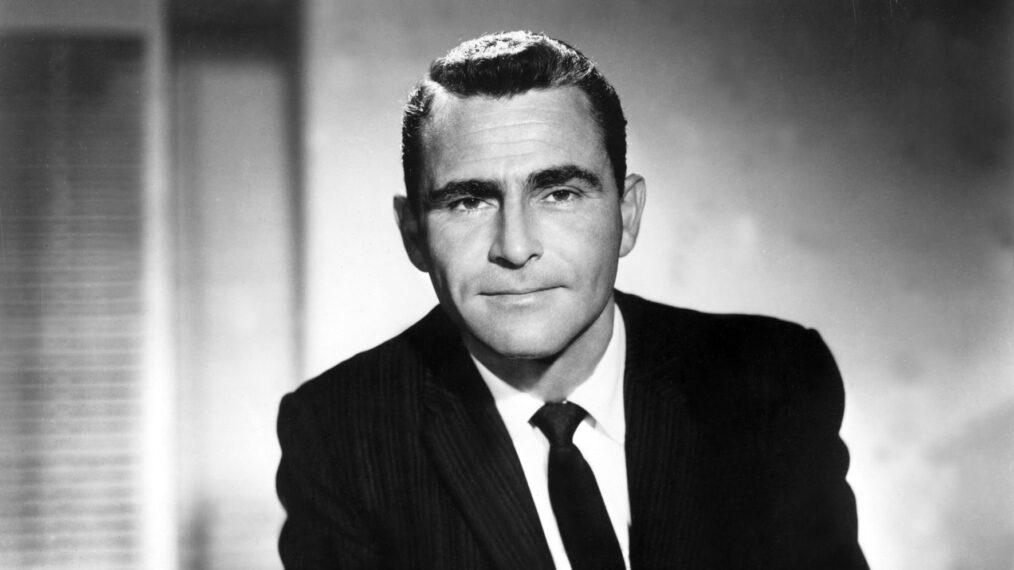Why Did ‘The Twilight Zone’ Have So Many Amazing Episodes? Because Every Script Followed These Rules

What is it that made The Twilight Zone so great? The show had fantastic scripts, written by acclaimed science fiction, fantasy and horror scribes and performed by some of the era’s most talented actors. The show was bold, never afraid of digging into social issues, or terrifying viewers with shocking scenarios that were somehow still deeply connected to regular life. But there’s another factor that made the show so riveting and relevant. Behind the scenes, creator Rod Serling and producer Buck Houghton crafted a set of rules that ensured each episode maintained its signature tone and impact.
According to Houghton’s 1991 book, What a Producer Does, the team agreed early on that an episode could explore almost any premise, but only if it adhered to a few crucial guidelines.
Houghton explained the rules: “Find an interesting character, or a group, at a moment in crisis in life, and get there quickly; then lay on some magic. That magic must be devilishly appropriate and capable of providing a whiplash kickback at the tag. The character(s) must be ordinary and average and modern, and the problem facing him (her, them) must be commonplace.” Because of these rules, he said, The Twilight Zone “always struck people as identifiable as to whom it was about, and the story hang-ups as resonant as their own fears, dreams, wishes.”

Everett Collection
Take Henry Bemis in “Time Enough at Last.” He’s an ordinary man with a simple dream: to read in peace. Or Janet Tyler in “Eye of the Beholder,” who yearns to fit in. These characters and many others felt accessible to viewers. Bemis’s desperation and Tyler’s longing were universal emotions, even if their situations were anything but.
Equally important was the pacing. Episodes didn’t waste time meandering toward their central premise. Nan Adams in “The Hitchhiker” is confronted by her stalker within moments of the episode’s start; similarly, no time is wasted in introducing the gremlin in “Nightmare at 20,000 Feet.”
Houghton continued, “Allow only one miracle or special talent or imaginative circumstance per episode. More than one, and the audience grows impatient with your calls on their credibility.” So gremlin on the wing, yes; but any additional magic to solve the problem, no. More often than not, the show demanded that magical problems be dealt with using the same basic human skill set that any viewer watching would also have.

Everett Collection
Lastly, and perhaps most importantly, every story needed to be “impossible” in the real world. “A request at some point to suspend disbelief is a trademark of the series,” Houghton concluded. “Mere scare tactics will not fit the bill. A clever bit of advanced scientific hardware is insufficient to support a story. The Twilight Zone was not a sci-fi show.”
Which episode is your favorite? How did Houghton’s rules play out in its plot?

60s Sci-Fi Favorites
March 2020
Do you remember all the great Sci-Fi TV shows of the ’60s?
Buy This Issue
